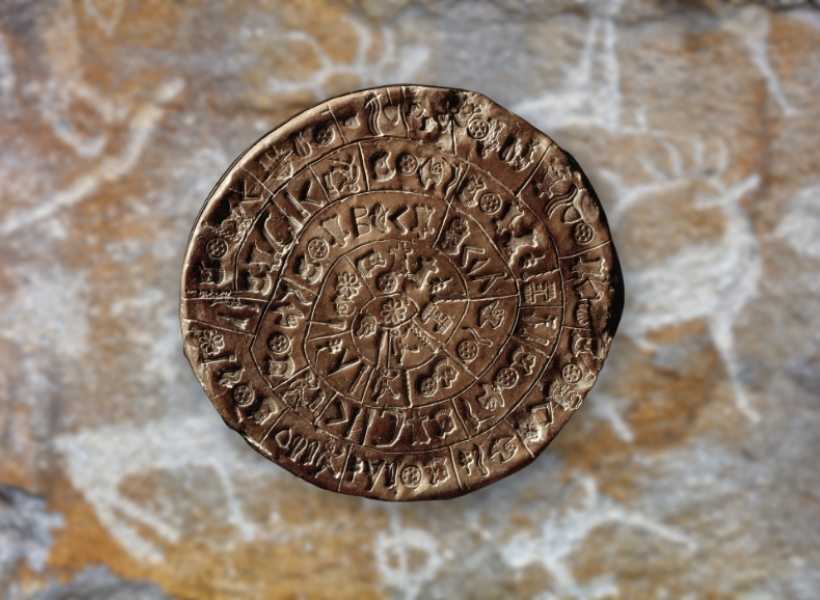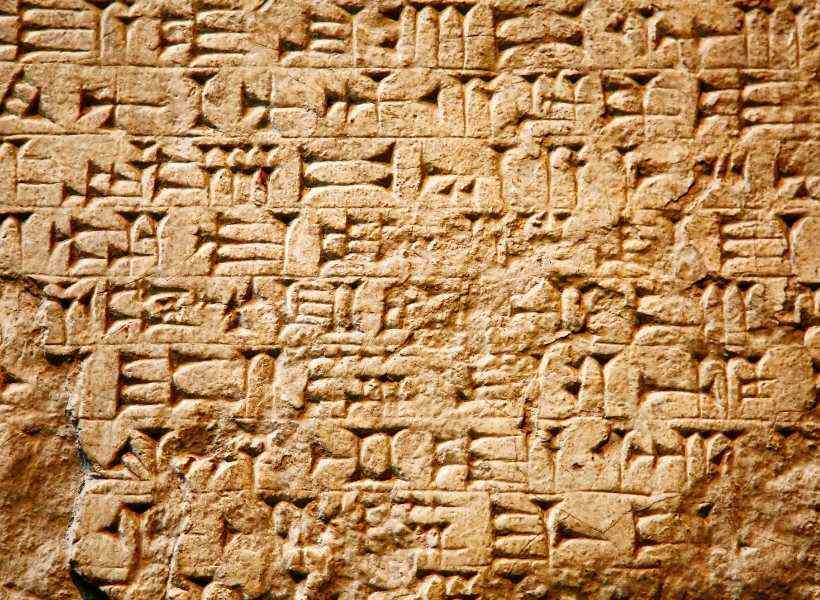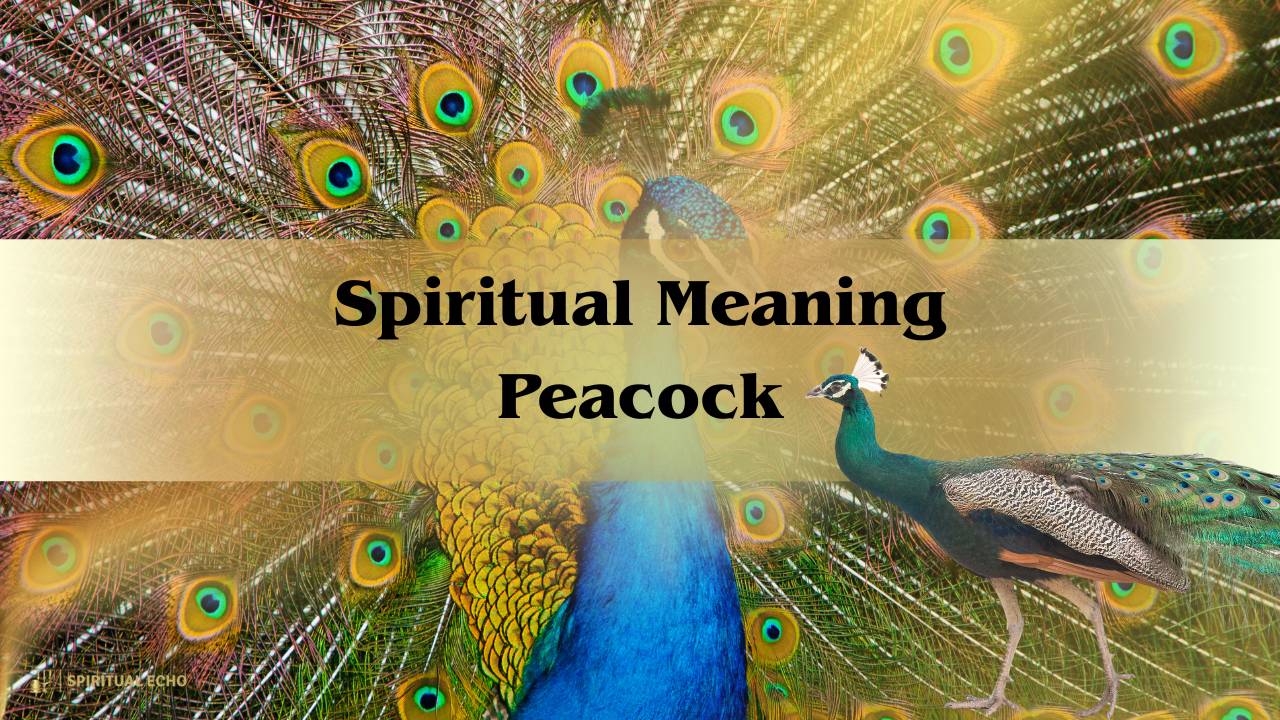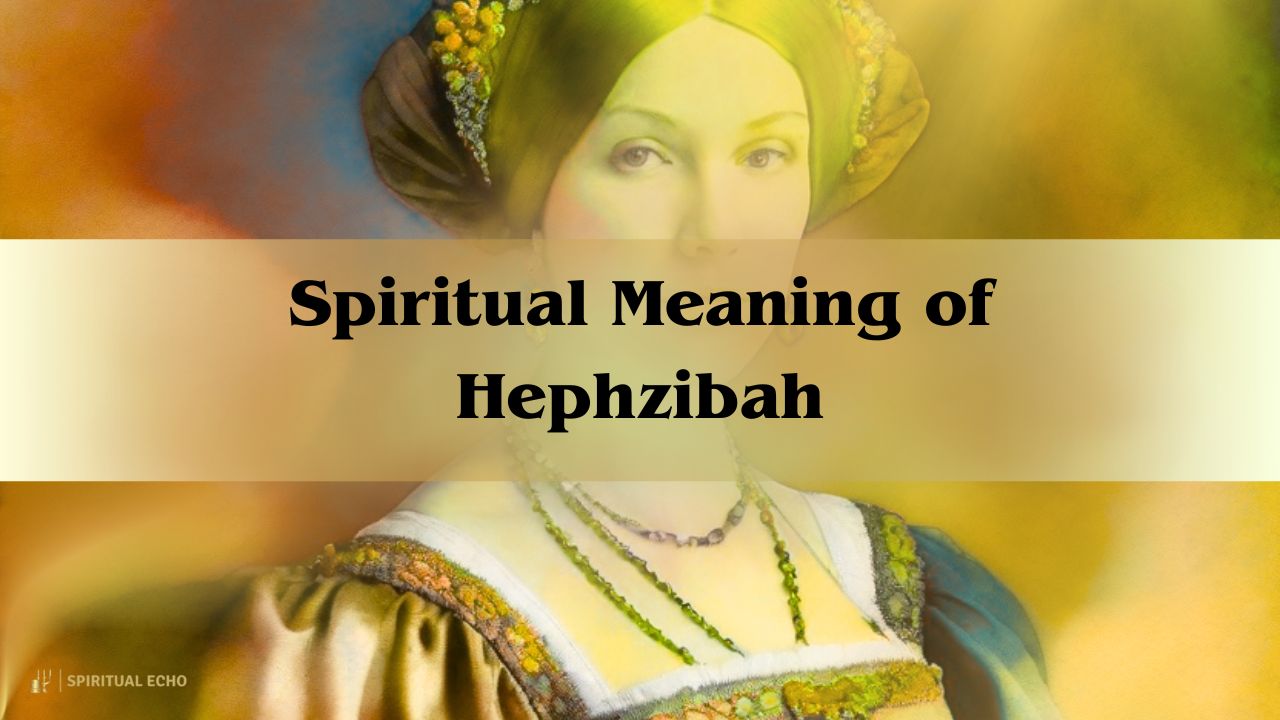The upside down carrot symbol, also known as the caret (^), is a common punctuation mark in English. It is often used to indicate the start of a new line of content or to show where something should be inserted in a line of text.
This simple and widely recognized symbol plays an important role in writing and editing, making it easier for readers to follow the flow of a document and understand its structure.
What does the upside down carrot symbol mean? The upside-down carrot symbol, also known as the caret (^), typically signifies a correction in written text. When placed above a word or phrase, it indicates that something should be added or replaced at that location. This common symbol helps writers and editors make improvements and clarify their writing, building the overall quality of the text.
- Short Overview Of Upside Down Carrot Symbol
- Spiritual Meaning Of Upside Down Carrot Symbol
- Religious And Mystical Interpretations Of The Symbol
- General Symbolic Meanings Associated With The Upside-Down Carrot
- The Origins And History Of The Upside-Down Carrot Symbol: Caret Symbol Using Math
- Different Uses Of The Upside-Down Carrot Symbol In Different Languages
- The Circumflex Accent Can Change The Pronunciation Of A Word
- How The Symbol Can Change The Pronunciation Or Meaning Of A Word
- Examples Of Words That Are Affected By The Upside-Down Carrot Symbol
- Tips For Correctly Using And Pronouncing Words With The Circumflex Accent
- Common Misconceptions And Misunderstandings About The Upside-Down Carrot Symbol
- FAQ About Upside Down Carrot Symbol
- Final Thought 💭
Short Overview Of Upside Down Carrot Symbol
An upside-down carrot symbol, often recognized as the caret (^), serves various purposes in writing. Primarily, it indicates an insertion point or denotes where a correction should be made in a text.
It finds use in mathematical expressions, computer programming, and even as a separator in email addresses.
This versatile symbol’s straightforward nature makes it an essential tool for effective communication. Aiding in clarity and precision in a wide range of contexts.
Symbolism Of Inverted Carrot Sign
The inverted caret, as used carrot sign has taken on cultural significance as well. Some view it as a symbol of progress and improvement, much like the act of correcting and refining one’s thoughts in writing.
Its simple yet impactful presence in our language reminds us of the ever-evolving nature of communication, where clarity and accuracy remain paramount.
Thus, the inverted carrot sign goes beyond its humble appearance, carrying a deeper meaning in the world of words and symbols.

Spiritual Meaning Of Upside Down Carrot Symbol
The upside-down carrot symbol, also known as the caret (^), may hold spiritual significance for some. In various belief systems, it can be seen as a representation of upward growth and enlightenment.
When used in meditation or visualization, the symbol might serve as a focal point for directing one’s thoughts and intentions toward higher consciousness.
Its simplicity makes it a versatile tool for those seeking a deeper connection with their spiritual journey, symbolizing the quest for knowledge and self-improvement.
Religious And Mystical Interpretations Of The Symbol
The symbol known as the upside-down carrot (^) carries diverse religious and mystical interpretations. In some cultures, it’s associated with spiritual ascension and the pursuit of divine wisdom, resembling a path leading upwards.
In mystical practices, it may signify hidden knowledge or esoteric teachings. Whether used as a sacred symbol or a mystical cipher.
The symbol’s versatility allows it to convey meanings in various spiritual and mystical contexts, inviting seekers to explore its deeper significance.
Interpretation Of Upside-Down Carrot (^)
The interpretation of the upside-down carrot symbol (^) varies widely depending on its context. In writing, it signifies insertion or correction. In spirituality, it can symbolize growth and enlightenment.
Its meaning is flexible and adaptable, making it a versatile symbol that conveys different messages across different domains, from language to spirituality.
General Symbolic Meanings Associated With The Upside-Down Carrot
The upside-down carrot (^) holds general symbolic meanings that are versatile and widely recognized. In writing and editing, it indicates a spot where an insertion or correction is needed.
Beyond text, it’s used in mathematical equations and computer programming. Its adaptability makes it a symbol of precision and improvement, transcending language barriers.
Whether in literature, coding, or everyday communication, the upside-down carrot holds dominance in every aspect.
The Origins And History Of The Upside-Down Carrot Symbol: Caret Symbol Using Math

The origins and history of the upside-down carrot symbol (^) can be traced back to ancient Greek and Latin texts, where it was used to mark omissions in written manuscripts.
Over time, it evolved to serve various purposes, from denoting mathematical operations to aiding computer programming. Its enduring presence in written language reflects its adaptability and utility.
Making it a symbol deeply ingrained in the evolution of communication and human expression.
The Ancient Use And Origins Of The Carrot Symbol
The use of the carrot symbol can be traced back to ancient Greece and Rome. Where it was employed in texts to indicate omitted or missing words.
This simple symbol has since evolved, finding roles in mathematics, computer programming, and even emoticons in modern digital communication.
Its enduring presence in human expression showcases its remarkable journey from its humble beginnings to becoming a widely recognized symbol in various fields of communication.
Different Uses Of The Upside-Down Carrot Symbol In Different Languages
The upside-down carrot symbol (^) serves various functions in different languages and contexts. In English, it often signifies an insertion point or correction in written text.
In programming languages, it can denote exponentiation. In French, it’s used in nasalized vowels (e.g., â, ê).
Its versatile utility transcends linguistic boundaries. Making it a universally understood symbol that plays diverse roles, from punctuation to phonetics, across different languages and disciplines.
Upside Down Caret Symbol Meaning
The meaning of the upside-down caret symbol (^) can vary depending on its context. In writing and editing, it’s often used to indicate where an insertion or correction is needed.
In mathematics, it represents exponentiation. In programming, it serves as an operator for tasks like bitwise XOR.
Its adaptability and simplicity make it a versatile symbol, conveying different meanings across various fields, and contributing to effective communication and problem-solving.

The Circumflex Accent Can Change The Pronunciation Of A Word
The circumflex accent, often seen as (^), has a significant impact on word pronunciation. When applied to certain vowels in languages like French, it can alter the sound and meaning of a word.
For example, in French, “hôpital” (hospital) and “hôtel” (hotel) differ in pronunciation due to the presence of the circumflex accent.
This diacritic mark plays a vital role in distinguishing words and maintaining accurate pronunciation in various languages.
Circumflex Accent Upside Down
The circumflex accent (^), often called “upside-down V,” is a diacritic mark used in languages like French to modify vowel sounds. It appears as an inverted V shape above vowels (e.g., â, ê).
This accent changes the pronunciation and meaning of words, emphasizing the importance of correct usage in accurate language communication.

How The Symbol Can Change The Pronunciation Or Meaning Of A Word
Symbols can significantly impact a word’s pronunciation and meaning. For example, the circumflex accent (^) in French, when placed over certain vowels, such as â and ê, alters both how a word sounds and its significance.
The presence or absence of diacritics like this can lead to distinct words, emphasizing the critical role of symbols in conveying precise pronunciation and meaning in languages around the world.
Similar Symbols In Other Languages And Their Meanings
Many languages employ symbols like diacritics to modify pronunciation or convey specific meanings.
For instance, the umlaut (¨) in German changes vowel sounds, as in “ö” or “ü.” In Spanish, the tilde (~) can indicate nasalization or accentuation, as seen in “ñ” or “á.”
These symbols, like the circumflex accent (^), serve to enhance linguistic precision and are integral to understanding and communicating effectively in various languages.

Examples Of Words That Are Affected By The Upside-Down Carrot Symbol
The upside-down carrot symbol (^) impacts the pronunciation and meaning of words when used as a diacritic. In French, “hôpital” with the circumflex accent becomes distinct from “hopital” without it.
Similarly, “pâte” (paste) and “pate” (duck) illustrate how the symbol differentiates homophones.
These examples emphasize how this simple symbol plays a crucial role in distinguishing words and maintaining linguistic accuracy in French and other languages where it’s employed.
Tips For Correctly Using And Pronouncing Words With The Circumflex Accent
Correctly using and pronouncing words with the circumflex accent (^) can enhance language skills.
By following these tips, you can improve your ability to use and pronounce words with a circumflex accent accurately. Here are some tips:
Common Misconceptions And Misunderstandings About The Upside-Down Carrot Symbol

There are common misconceptions and misunderstandings about the upside-down carrot symbol (^). Some may believe it has no significant purpose, while others might think it’s solely a math symbol.
In reality, it serves various roles in different contexts, from indicating corrections in writing to signifying exponentiation in mathematics like 2 and 4 used 2^4 which also represents squares, and cubes which means the power of 24.
Understanding its versatile nature can dispel these misconceptions and highlight its importance across multiple fields of communication and computation.
FAQ About Upside Down Carrot Symbol
What Does The Upside Down V Symbol Mean?
The upside-down V symbol (^) typically signifies an insertion point or a place where something needs correction in written text. Its common usage aids in improving clarity and precision in written communication.
How Do You Type An Inverted V?
To type an inverted V (^), you can typically use the Shift key along with the number 6 key on your keyboard. Press and hold Shift, then press the number 6 key, and the symbol should appear in your text.
What Is The Upside Down V Accent?
The upside-down V accent (^), named a circumflex, is a diacritic mark used in various languages. It modifies the pronunciation and meaning of words, often indicating specific vowel sounds or distinguishing between homophones.
What is the code for down caret symbol?
To type the down caret symbol (v), you can typically use the Shift key along with the letter “v” key on your keyboard. Press and hold Shift, then press the “v” key, and the symbol should appear in your text.
Final Thought 💭
The upside down carrot symbol (^) may seem simple, but its impact on language, mathematics, and other fields.
Whether used to modify pronunciation, indicate corrections, or represent mathematical operations, this symbol plays a versatile and vital role in effective communication.
Understanding its significance and correct usage can enhance one’s linguistic and mathematical proficiency, underscoring the importance of paying attention to even the seemingly small details in our everyday symbols and language.



































Leave a Reply